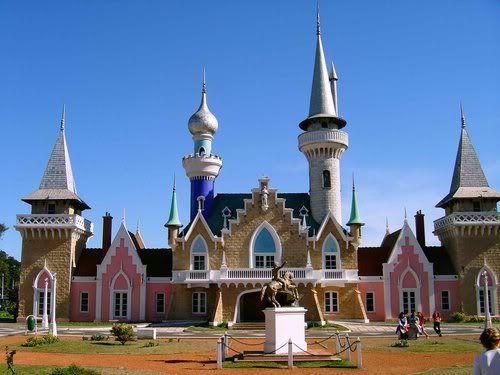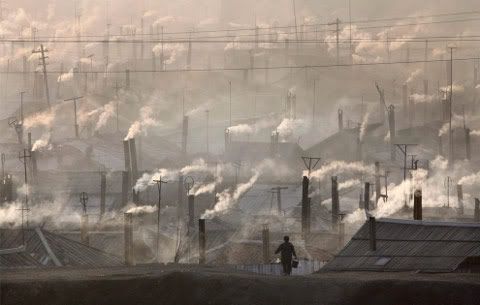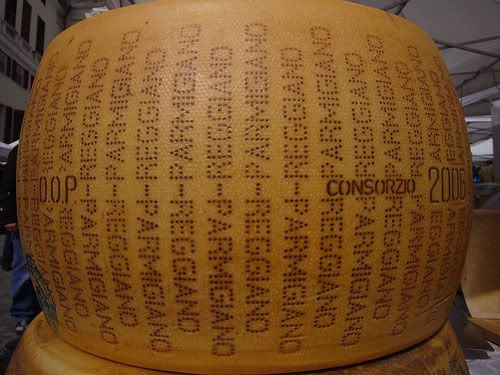Since 2007, the clandestine publication Rimjingang has provided first-hand accounts of life inside North Korea. The quarterly is published in Japan, but its reporters routinely cross the border between North Korea and China to smuggle their stories out of the news vacuum that is North Korea.
Rimjingang was named after a river that flows back and forth, cris-crossing the border of China and North Korea.
Founding editor Jiro Ishimaru comments, “I’m proud of these reporters. I’m committed to helping them deliver a message to the world they are risking their lives to report.”
Ishimaru trained North Korean civilians in the arts of journalism and espionage, equipping them with surveillance cameras that would later provide stunning footage. Some of the scenes recorded include an illegal market where children are scavenging for food off the ground and a town where women and children are forced to work in a coal mine.
A recent video shows the Soonchun Vinylon factory, a site Western intelligence has long considered a production facility for nerve gas. But the video shows a deserted complex overtaken by weeds.
“The story is so complex,” says Ishimaru. “It needs to be told by the people who live it.”
This is Al Gore’s wet dream, the one in which his reporters do not get kidnaped by the North Koreans and rescued by Clinton.





















